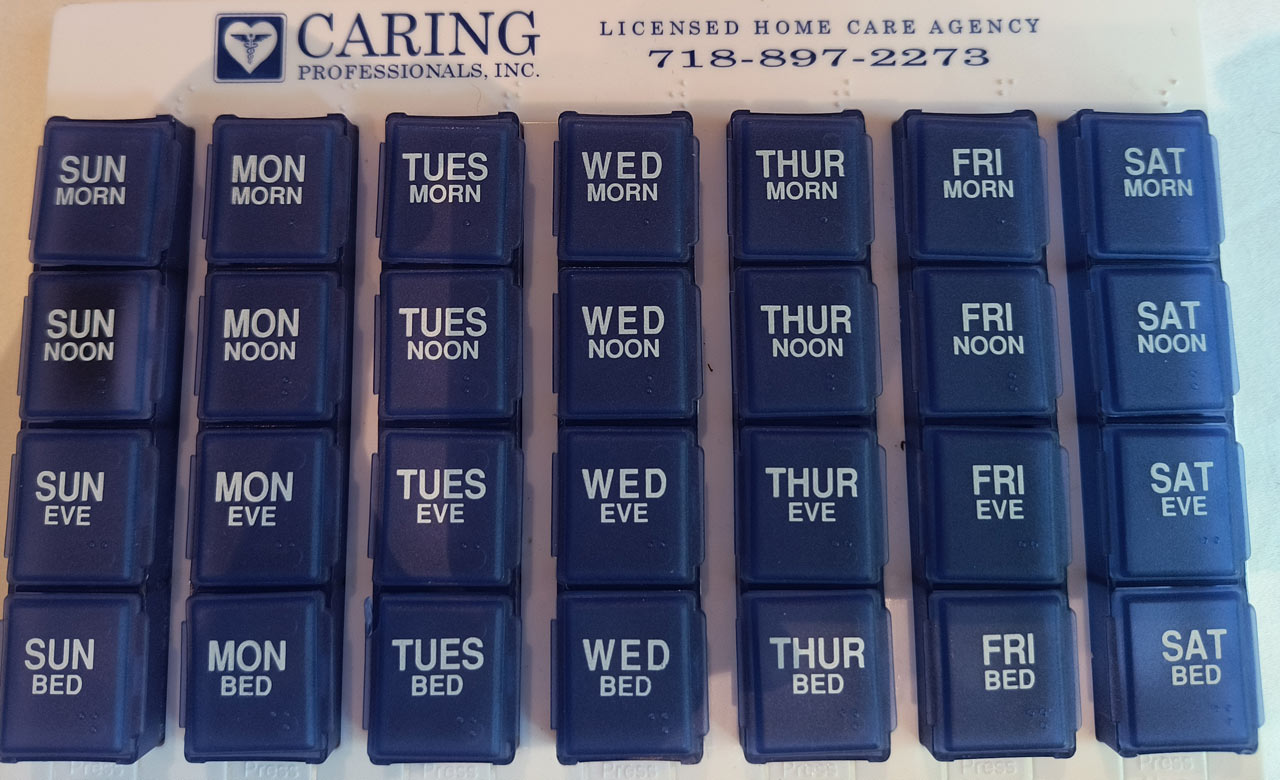What to do with your beloved Dad? He seems depressed, unhappy, and frustrated. This accomplished professional or entrepreneur who has so many successes to his name is expressing feelings of worthlessness, or worse is not even expressing them. Earned fame, fortune, and security don’t seem to have value anymore for this formerly driven, high energy person. What to do?
You’ve ruled out health, mental health, and loneliness issues as causes. What is going on with your ambitious paterfamilias who earned a respected place in his community and field? Where is the energy and vitality of the earlier years?
If you want some answers, consider reading Arthur C. Brooks’ bestselling book From Strength to Strength. This renaissance man with an impressive multi-career bio uses data from social scientists and the eighty years long Harvard Study of Adult Development to develop a prescription.
He builds on Erik Erikson and Raymond Cattell to advise that in the second half of life, we ought to harness and grow our crystallized intelligence. That’s the cumulative knowledge and experience we use to problem solve as we grow older. In contradistinction, fluid intelligence based on raw brain power (not knowledge) of our earlier years peaks in the late thirties. So, riding the growth curve of the second half of life is smart and rewarding.
This means focusing on teaching what we’ve learned rather than innovating and building from scratch. It may mean choosing activities that use these strengths such as instructing, applying, and synthesizing rather than innovating. It may mean shifting occupations to focus on those which use this type of crystallized intelligence.
Critics claim that Brooks’ work speaks mostly to males in knowledge-based fields who may have been success addicts and strivers.
He did notice that happiness increased among people in their mid-fifties and late sixties. He attributes some of that to kids moving out. And he reported happiness levels growing higher and higher among half of those seniors. Those were the ones who built new kinds of success and crafted new narratives for themselves. The other half saw a decline in happiness. The greatest decline in happiness was seen by those who had the highest highs in their earlier lives.
The four legs to later adult happiness are of course faith, family, friends, and work of meaning (service to others). Recrafting one’s life intentionally with these pillars (at a cost of struggle and even pain) is the way to use crystallized intelligence to become even more successful in new ways. Can your accomplished cranky old dad recraft his sense of success in the second half of life? Can he reconstruct new aspirations and ways to feel accomplished? Perhaps. Suggest that dad watch some interviews of Brooks on YouTube. He may want to buy the book. Going from strength to strength takes awareness of our brain construction and some good advice from someone who has reinvented himself again. He may develop new goals, activities, and pleasures and move from cranky to happy.






